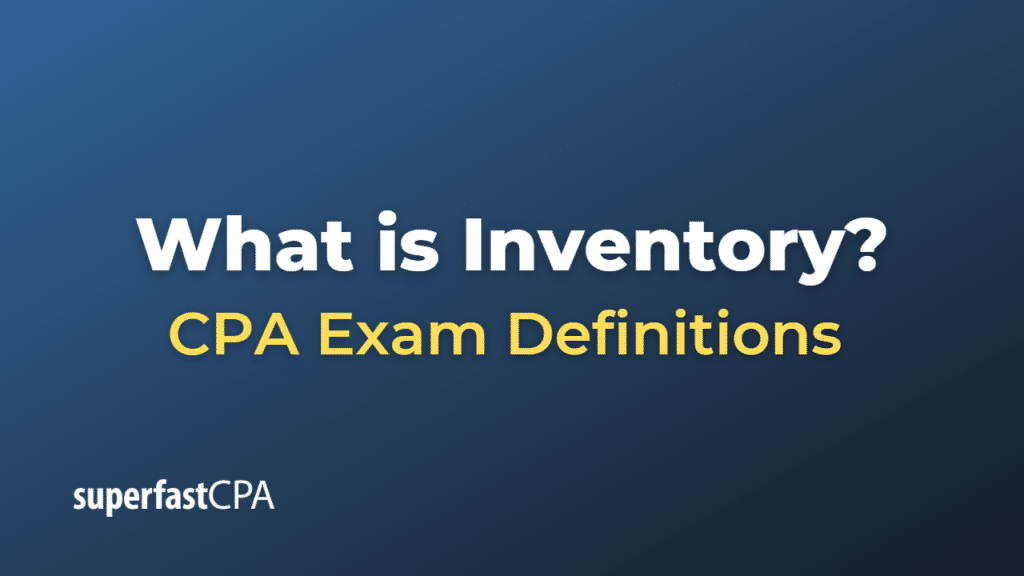Inventory
Inventory refers to the goods or materials that a business holds for the purpose of resale, production, or utilization in the regular course of business. It’s a key component of a company’s current assets and it plays a crucial role in sales, supply chain management, and manufacturing operations.
Inventory usually falls into one of the following categories:
- Raw Materials: These are the base materials or components that are yet to be used in the manufacturing process. For example, a car manufacturer may have raw materials inventory including steel, rubber, glass, and other components used in the production of vehicles.
- Work-in-Progress (WIP): These are goods that are in the process of being manufactured but are not yet finished. This could include a half-assembled car on a production line, for example.
- Finished Goods: These are completed products that are ready for sale. For a car manufacturer, this would be the completed vehicles that are ready to be shipped to dealerships.
- Merchandise: For a retail business, inventory will typically consist of goods purchased from manufacturers or wholesalers which are then sold to the end customer. For example, a clothing retailer would have inventory consisting of various clothing items.
Inventory is reported as a current asset on a company’s balance sheet, and it serves as a buffer between manufacturing and order fulfillment. When an inventory item is sold, its carrying cost transfers to the cost of goods sold (COGS) category on the income statement.
Proper inventory management can help a company maintain a good balance between having enough inventory to meet customer demand, while minimizing the costs of holding and managing the inventory. It is a critical aspect of supply chain management in many businesses.
Example of Inventory
Imagine you run a business named “Lovely Lamps” that manufactures and sells decorative lamps. At any given time, you have different types of inventory in your possession:
- Raw Materials: These are the materials you use to manufacture your lamps. This might include glass for the lamp shades, wiring for the electrical components, metal for the bases, and so on. All these materials, which are yet to be used in the production process, constitute your raw materials inventory.
- Work-in-Progress (WIP): On your production floor, you might have lamps that are partially assembled. Perhaps the bases have been attached to the wiring, but the glass shades haven’t been added yet. These partially-completed lamps are your work-in-progress inventory.
- Finished Goods: Once the lamps are completely assembled and have passed quality checks, they are moved to your warehouse awaiting sale. These completed lamps are your finished goods inventory.
Let’s say at the end of a quarter, you evaluate your inventory and find you have $20,000 worth of raw materials, $10,000 worth of work-in-progress lamps, and $30,000 worth of finished goods. So, your total inventory that would be reported as a current asset on your balance sheet is $60,000.
Now, let’s say over the next quarter you sold $25,000 worth of lamps. These sold lamps move out of your inventory and the $25,000 becomes part of your Cost of Goods Sold (COGS) on your income statement, reducing your inventory value.
Remember that these numbers are greatly simplified for the sake of this example. In reality, managing inventory involves complex tracking and valuation methods and is a key aspect of a company’s operations.













